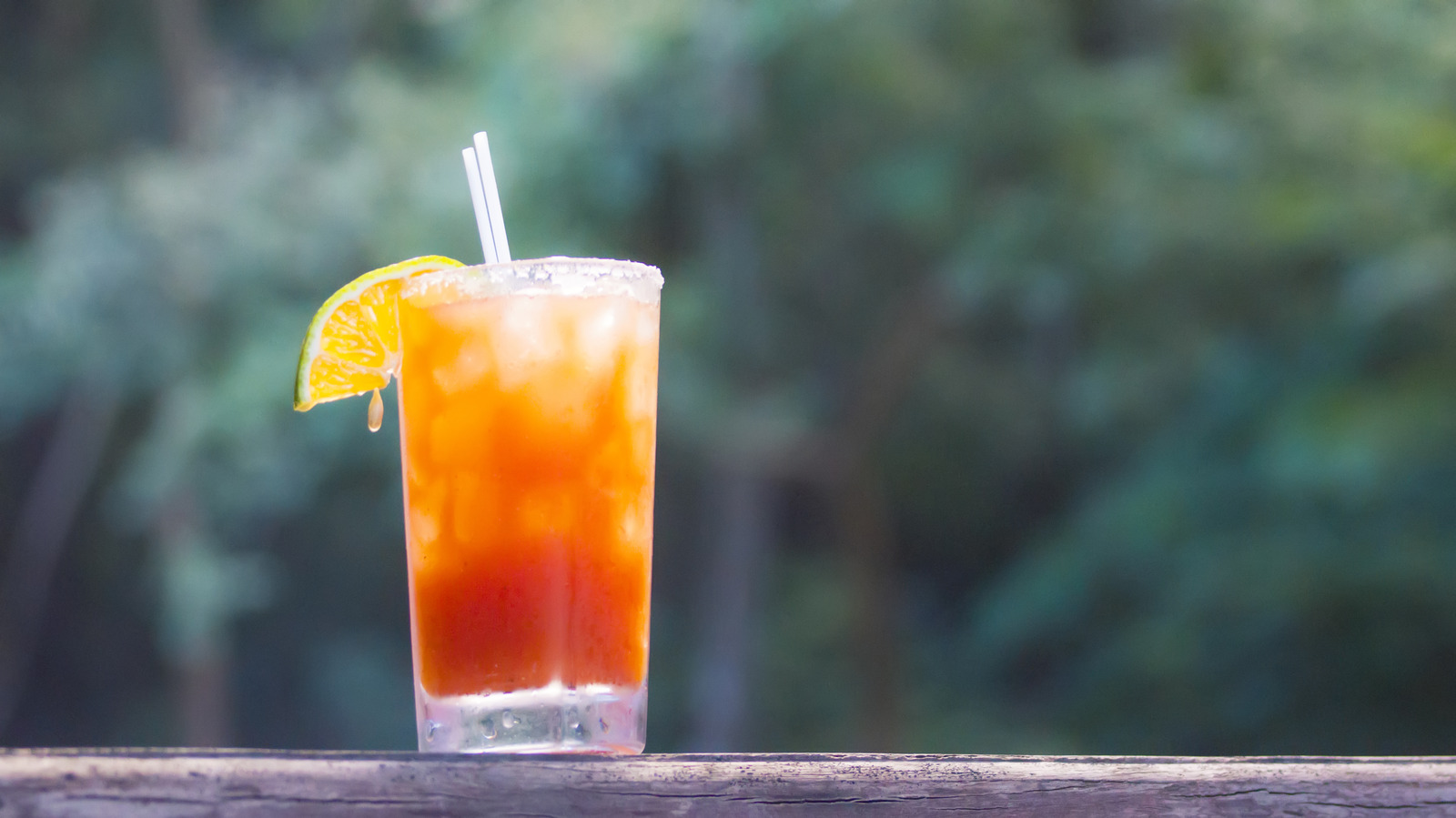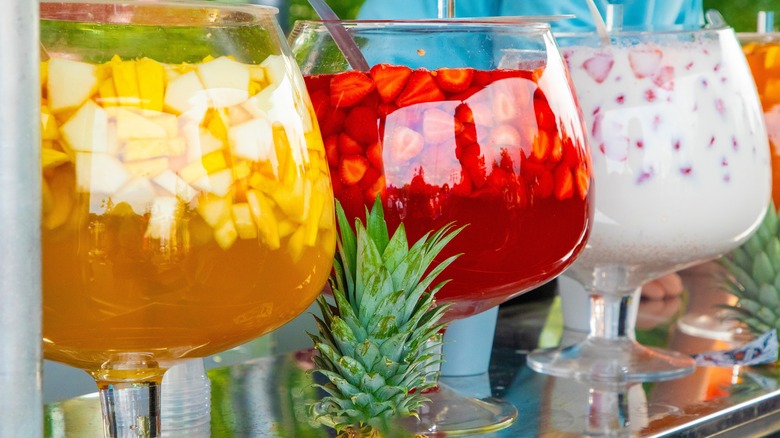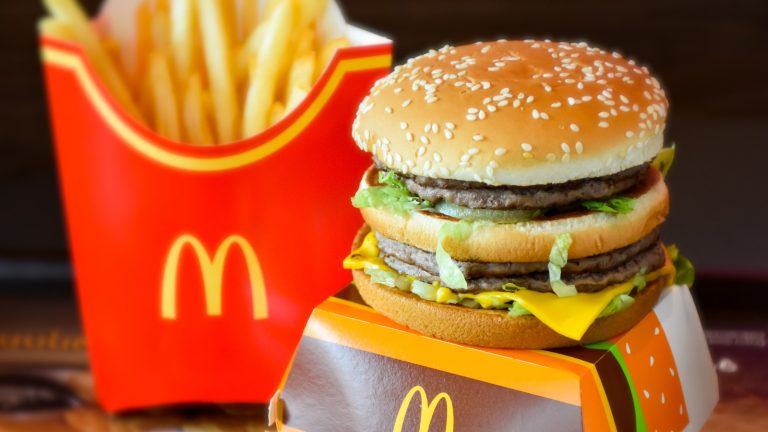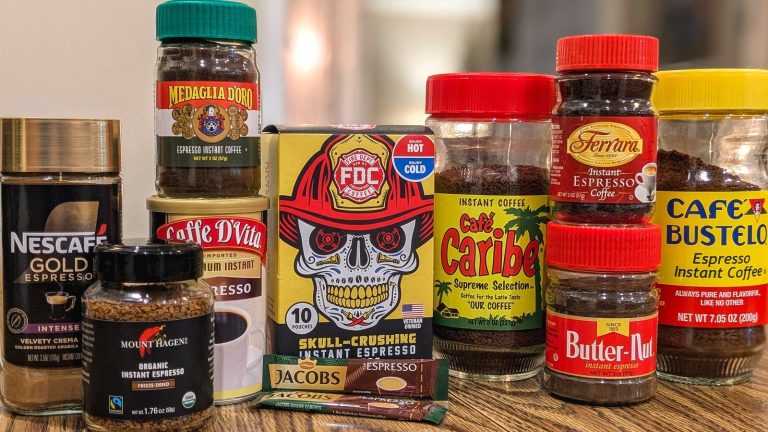Sure, cocktails can be intricate and complex creations; wondrous drinks crafted by mixologists rather than bartenders. Yet on the complete opposite end of the spectrum, a mixed drink can simply be a vessel for boozy boisterous fun. And few tipsy tipples pack in more excess into their build than Jungle Juice. Composed of several spirit types — often vodka and rum — melded with a kaleidoscope of fruit juices, pre-batched lemonades, liqueur, and sugar, it’s a drink best known for its preparation in large proportions.
Most strongly intertwined with college parties, the cocktail packs in several bottles of often subpar liquor. All the ingredients are then poured into a spacious — suspiciously scrappy — vessel like a trashcan or cooler, hopefully lined with a barrier for cleanliness. With such an indulgent construction, it’s a fair assumption that youthful college students designed such a mode of no-frills drinking.
Yet the origins of Jungle Juice predate the emergence of the red solo cup, and go all the way back to World War II. Crafted by troops stationed in far-flung locales, the style of drinking came about to maximize drunkenness, an approach to cocktail-making that’s prevailed since.
Jungle Juice originated by way of American troops overseas
Surprisingly, Jungle Juice lives up to its moniker: The style drinking came about in tropical locales. Due to regulation, stationed soldiers couldn’t purchase liquor from abroad, so they sought alternatives from makeshift ingredients. And since a sizable part of the troop force came from the South, they employed quasi-illegal moonshine methodology, crafting hooch from dispensable ingredients on hand.
Combinations involved rudimentary alcohol fermentation: Sugars, with yeast and a grain distilled into a liquor in an industrial barrel, or even a simple coconut, hollowed, and fizzed alongside sugars into a boozy result. The results didn’t intend to impress with layered complexity, but rather hit-the-head with rapid drunkenness.
Thankfully, a few decades later, college students didn’t take to crafting alcohol themselves. However, such an ethos of potent drinking did linger; especially as cost-effective bottles like Everclear and cheap vodka appeared on the shelves. In parallel to the mid-20th century rise of Tiki culture — which also borrowed from Pacific culture drinking inspirations — the idea of tropical tipples remained on the mind of young drinkers. And so, fruity sweet lemonades and strong rums became imbedded into college culture, with such traditions remaining since. And with easy-to-craft drinks like apple juice and tequila still trending on TikTok, such a no-frills approach to mixing still goes strong, introducing new generations to an especially potent type of cocktail-making.






